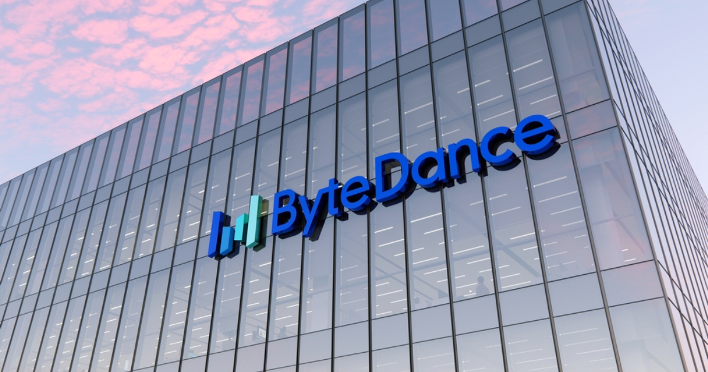The mission aims to improve our understanding of the sun’s corona which holds answers to several questions that are yet to be resolved. Examples include how solar flares erupt and plasma is heated to very high temperatures.
While this is a mission to study the sun, it would be traveling only 1 per cent of the earth sun distance, unlike crafts NASA’s Parker solar probe that has flown a few million miles in the vicinity of the sun.
Aditya-L1 involves sending a satellite into the orbit around the L1 Lagrangian point of the Sun-Earth system. L1 is located about 1.5 million km from Earth. The spacecraft will carry various scientific payloads to conduct detailed studies of the solar corona.
After years of development, the launch of Aditya-L1 ,The satellite is expected to operate for at least 5 years and travel along with the Earth as it revolves around the sun.
The satellite will face the sun from the earth
Once in orbit, the satellite will be positioned in the direction opposite to the sun from Earth at the strategically important L1 orbital point. From here it can continuously observe the sun without any disruptions.
A variety of scientific equipment like a coronagraph, solar wind analyzers and X-ray and EUV sensors will gather insights about solar activities like flares, coronal mass ejections and their impact on space weather.
Advanced imaging capabilities will help obtain high resolution images of the sun’s surface. The Aditya-L1 mission aims to significantly enhance our knowledge about the sun and its influence on space.
If successful, it will also help ISRO join an elite club of space agencies that have sent probes to study our star.
Check also;
- Japanese Private Owned Lunar Lander Likely Crashed On Moon
- Space Station Crew Lands Back On Earth Successfully
Please use the button below to contribute to Newslex Point, Inc. using a credit card or via PayPal.

 Newslex Point News in Uganda, Uganda news
Newslex Point News in Uganda, Uganda news












